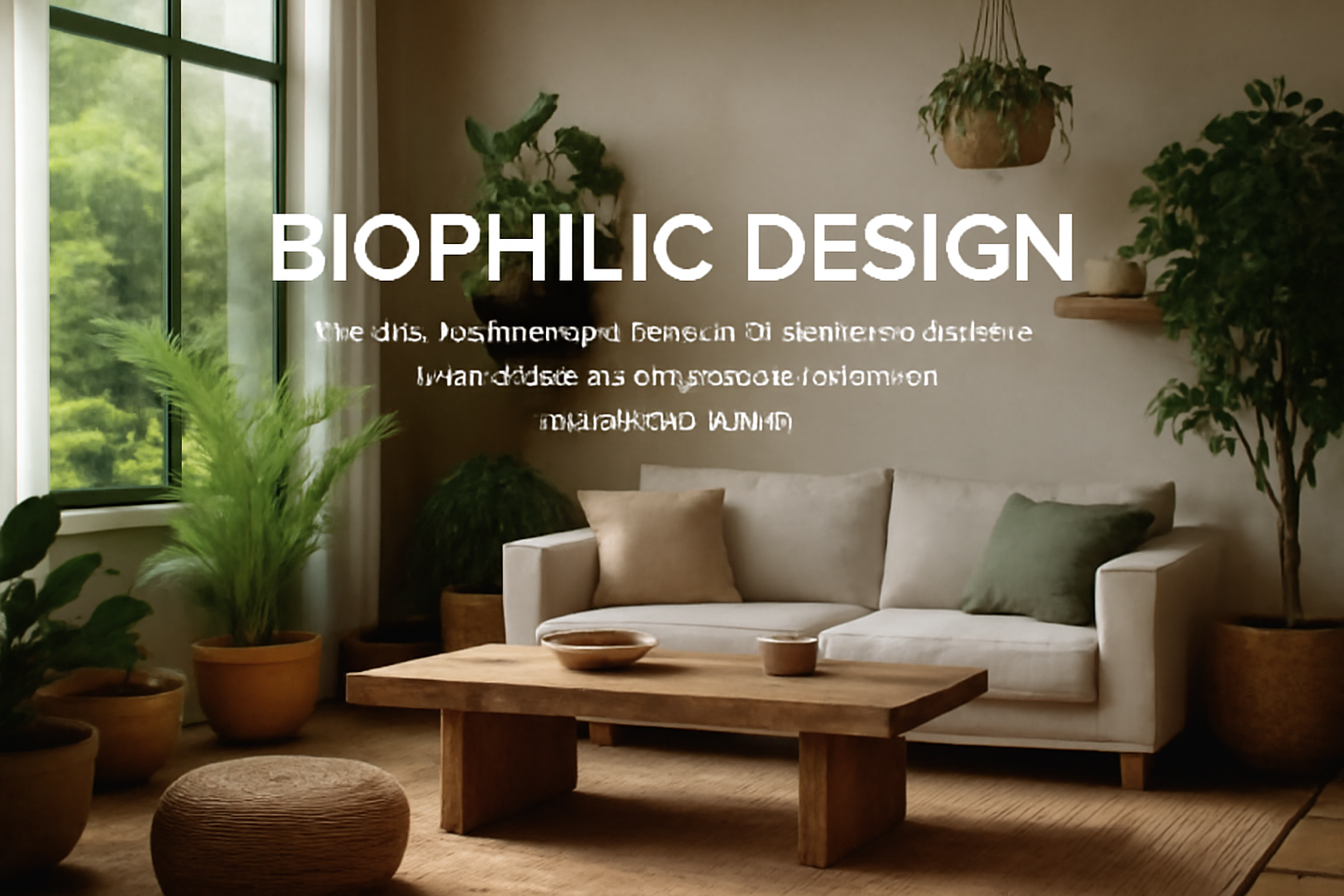Location
Mount Vernon, WA 98274
Location
Mount Vernon, WA 98274

Biophilic design is reshaping how we think about our living spaces, emphasizing the connection between nature and home. This trend not only enhances aesthetic appeal but also promotes well-being and sustainability.
In recent years, biophilic design has gained traction among homeowners and interior designers alike, reflecting a growing desire to integrate natural elements into our living spaces. This design philosophy emphasizes the human connection to nature, aiming to improve mental and physical well-being while creating visually appealing environments.
The concept of biophilia, coined by American biologist Edward O. Wilson, highlights the innate human affinity for the natural world. By incorporating natural materials, light, and greenery into home interiors, biophilic design seeks to create spaces that foster relaxation, creativity, and productivity. Current trends show that more homeowners are prioritizing these elements, leading to a significant shift in how we approach home design.
One of the most popular methods of achieving biophilic design is through the use of indoor plants. Studies have shown that plants can enhance air quality, reduce stress, and improve mood. Many homeowners are now opting for vertical gardens, potted plants, and even herb gardens in their kitchens as a way to bring life into their homes. These green additions not only beautify a space but also promote a sense of calm and tranquility.
Natural light is another crucial aspect of biophilic design. Large windows, skylights, and open floor plans allow for ample sunlight to flood interiors, creating bright and inviting spaces. The benefits of natural light extend beyond aesthetics; they can also regulate our circadian rhythms, leading to better sleep and overall health.
Materials play a significant role in biophilic design as well. Homeowners are increasingly choosing sustainable materials like bamboo, reclaimed wood, and natural stone. These choices not only reduce environmental impact but also add warmth and texture to interiors. Incorporating these elements can create a harmonious balance between indoor and outdoor environments, making homes feel more connected to nature.
Moreover, the rise of outdoor living spaces has become a hallmark of biophilic design. Patios, decks, and balconies are being transformed into extensions of our homes, complete with comfortable seating, outdoor kitchens, and fire pits. These spaces encourage us to spend more time outside, further enhancing our connection to nature.
As we continue to navigate the challenges of modern living, biophilic design offers a refreshing perspective on home interiors. By embracing natural elements, we can create spaces that promote well-being, sustainability, and a deeper connection to the world around us. Whether you’re a seasoned designer or a novice homeowner, consider how incorporating biophilic principles can transform your living environment into a serene sanctuary.